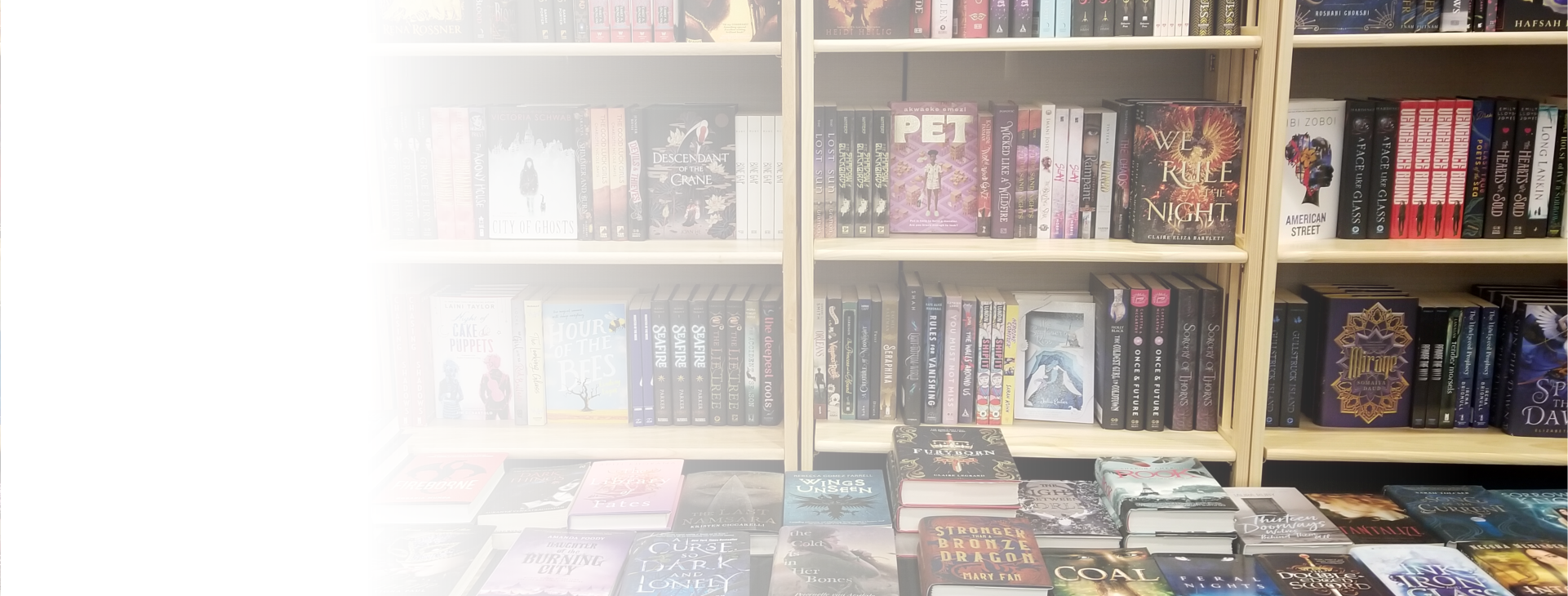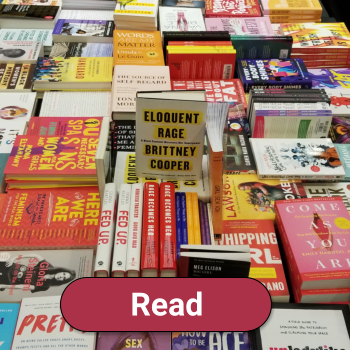

March 18–22, 2026 – New Haven, CT
Read. Discuss. Learn.
Speculative fiction gives us blueprints for worlds full of hope, joy, justice, and revolution for people of all genders. If you love progressive stories of what could be, if you want to study with expert faculty in a variety of fields, or if you simply want to join a community of voracious readers, we invite you to attend.





